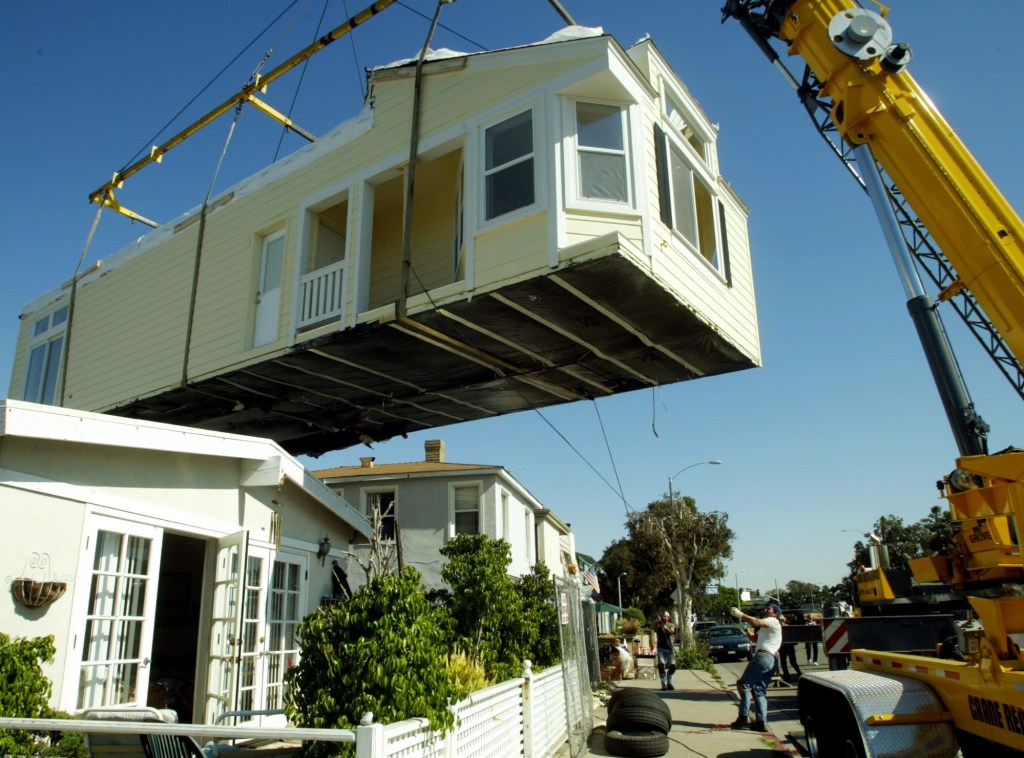San Diego is one of the least affordable cities in the nation, but it wasn’t always this way, and it doesn’t have to remain this way.
Housing costs have skyrocketed because we haven’t built enough homes in the region and now you need to earn $258,000 a year to buy a home in San Diego. But the area median income for San Diego County is $119,500 for a family of four, making it impossible for the average family to purchase.
The solution seems simple: Build more homes. But to do this our elected leaders need to help make building more affordable by further streamlining the permitting process, reducing or waiving excessive permit fees, encouraging innovative construction methods and encouraging creative home financing options.
Since 1980, San Diego County’s population has grown dramatically from around 1.86 million to over 3.25 million — a 75% increase. But housing construction hasn’t kept up. A key reason is the misuse of the California Environmental Quality Act (CEQA), often to delay or block new housing. Some projects were never proposed due to fear of lawsuits.
Gov. Gavin Newsom’s recent signing of AB 130 and SB 131 aims to reform CEQA, reducing delays while maintaining environmental protections. These laws may face legal challenges, but they’re a necessary step toward solving our housing crisis and deserve our support.
One proposed solution to increase housing was to loosen up the building requirements for auxiliary dwelling units. However, plans to build multiple ADUs on a single-family residential lot outraged neighborhoods.
Recognizing that many neighborhoods do not support the unchecked construction of oversized ADU developments on single-family lots, the city has taken steps to tighten its ADU regulations, limiting the number of units allowed per parcel.
For some communities, however, these massive ADU projects have caused lasting and irreversible damage. It’s also clear that residents are firmly opposed to high-density, high-rise developments in traditional residential areas such as Pacific Beach. The controversial 23-story tower proposed for that community triggered widespread backlash and urgent calls from residents to shut it down completely.
Voters are also furious over the newly approved trash fee, which turned out to be far higher than what was originally promised under Measure B. Voters were told the fee would range from $23 to $29 a month, but the actual base rate approved is $43.60 a month.
This bait-and-switch has left many feeling betrayed and has made homes even less affordable. The San Diego City Council is also considering massive rate hikes to water and sewer services, with a proposed 62% water rate increase and 31% sewer rate hike over the next four years, and the hits keep coming.
The City Council recently approved new parking regulations that allow the city to raise parking fees during peak times and special events, and also extend parking enforcement to seven days a week — another added cost for working families.
Meanwhile, San Diego has been ranked the third-worst metro area for affordable starter homes, with average mortgage payments consuming a shocking 66.2% of a median renter’s income. The overall cost of living in San Diego is among the highest in the country. For older adults, young families and professionals alike, the pressure is constant and unsustainable.
San Diego’s cost index is now more than 46% above the national average.
Nearly 31,000 more people left San Diego County than moved here from July 2022 to July 2023, because of years of poor policy decisions, misguided leadership, excessive spending and fiscal mismanagement.
As a result, San Diego now ranks as the ninth most expensive city in the United States. The government’s attempt to fix the housing crisis has made it worse.
Rent control, once touted as a solution, has backfired as rental property owners sell, removing their properties from the rental market, shrinking supply and driving rents even higher. San Diego rents remain among the most expensive in the nation.
San Diego County is still short about 100,000 housing units and we must address this housing shortage head-on. However, we need to be fiscally prudent.
Converting buildings like 101 Ash Street into low-income housing is costly due to structural upgrades. Mobile home parks, modular and manufactured homes offer faster, more affordable solutions, but San Diego hasn’t approved a new mobile home park in nearly 50 years.
With smart planning, strong leadership and a renewed focus on housing, we can expand these options and bring affordability back to America’s finest city.
Powell is a former San Diego Association of Realtors vice president and San Diego County Board of Education member. He lives in San Diego.
